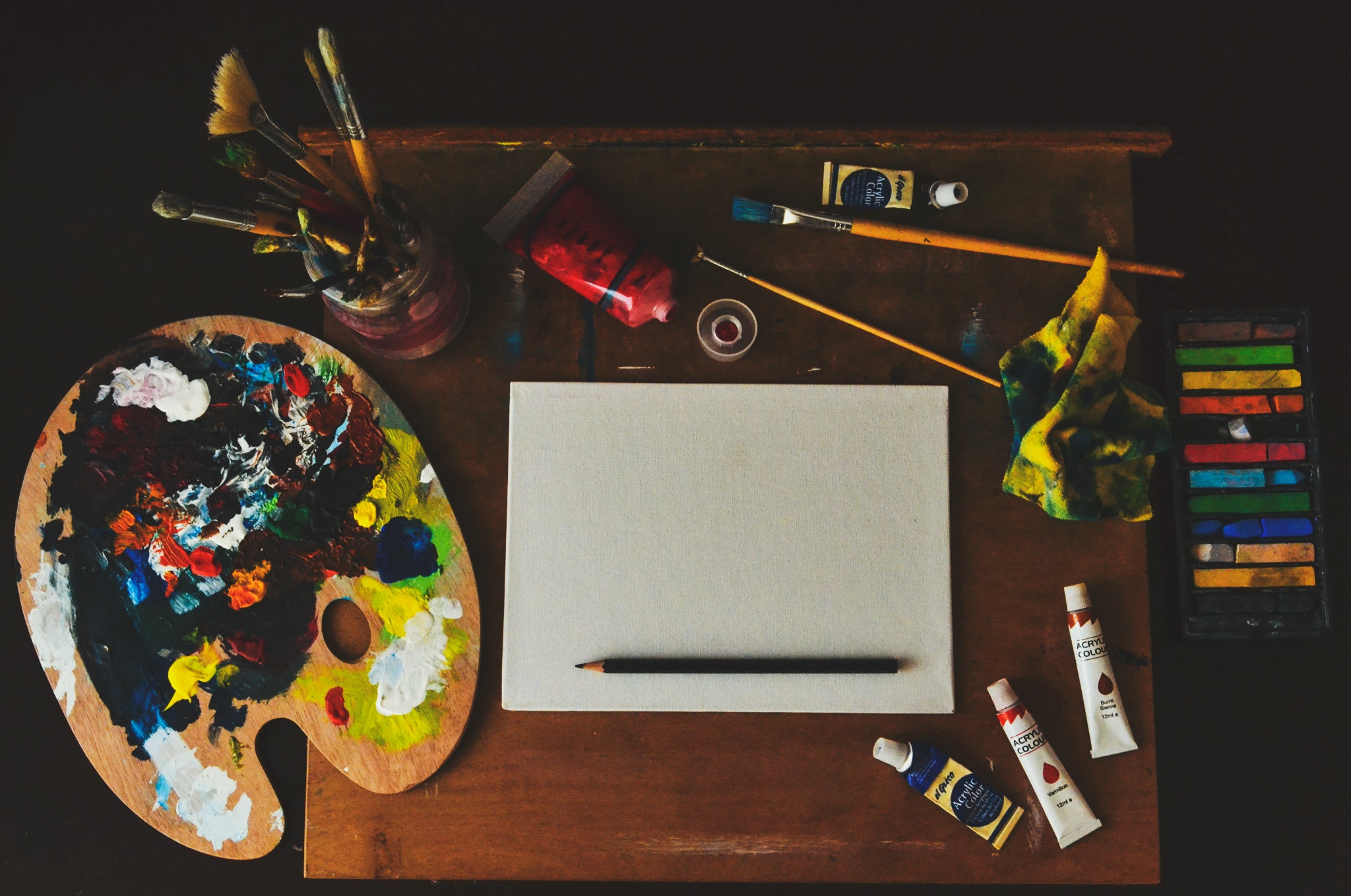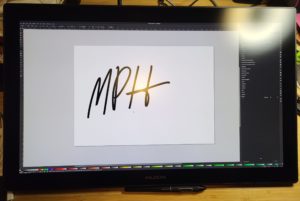Calibrate Huion Kamvas Pro 24 4K on Linux

About a year and a half ago I bought a Huion Kamvas Pro 24 4K as a replacement for an old Wacom Cintiq 21UX that died after being used over 10 years. Wacom no longer makes that model of display and their direct replacements cost over $2000, so I was hesitant to buy another. At some point, the algorithm must have noticed and recommended the Huion Kamvas. There are a few Kamvas models, but the top end one was about half the price of a comparable Cintiq from Wacom, and I managed to get it on sale.

I really like the Kamvas so far, but this issue keeps cropping up where the pen isn’t calibrated to the screen. I have two screens; one is the Huion Kamvas Pro 24 4K and the other is a Samsung 4K monitor. What happens is whenever I update to the latest version of Linux Mint, the calibration gets lost, and like an idiot, I keep forgetting to write down the steps taken to fix it. By posting this, I’m sure I’ll be back to check the next time I upgrade my PC.
Problem
After a system update, the pen is no longer calibrated to the Huion display. On a system with two monitors, moving the pen from one edge of the Kamvas to the other drags the cursor from the edge of one screen to the opposite edge of the other screen.
Solution
In Linux Mint, open the Terminal program to get to the command line. Type xrandr. It should return something like
(base) minty@freshness:~$ xrandr Screen 0: minimum 320 x 200, current 3840 x 4320, maximum 16384 x 16384 DisplayPort-0 disconnected (normal left inverted right x axis y axis) DisplayPort-1 disconnected (normal left inverted right x axis y axis) DisplayPort-2 connected primary 3840x2160+0+0 (normal left inverted right x axis y axis) 607mm x 345mm 3840x2160 60.00*+ 2560x1440 59.95 1920x1200 60.00 1920x1080 60.00 59.94 1600x1200 60.00 1680x1050 59.95 1600x900 60.00 1280x1024 75.02 60.02 1440x900 59.89 1280x800 59.81 1152x864 75.00 1280x720 60.00 59.94 1024x768 75.03 70.07 60.00 832x624 74.55 800x600 72.19 75.00 60.32 56.25 640x480 75.00 72.81 66.67 60.00 59.94 720x400 70.08 HDMI-A-0 connected 3840x2160+0+2160 (normal left inverted right x axis y axis) 597mm x 336mm 3840x2160 60.00*+ 59.94 30.00 30.00 29.97 2560x1440 59.95 1920x1200 60.00 1920x1080 60.00 59.94 1600x1200 60.00 1680x1050 59.88 1600x900 60.00 1280x1024 60.02 1440x900 60.00 1280x960 60.00 1280x800 59.91 1280x720 60.00 59.94 1024x768 60.00 800x600 60.32 56.25 640x480 60.00 59.94 DVI-D-0 disconnected (normal left inverted right x axis y axis)
This output shows certain capabilities of the connected monitors, but all we really need to know is which one is the Huion. In this case, the Huion is using the HDMI port, and the system is referring to it as HDMI-A-0.
Next, type xinput into the command line. It should show something similar to the following:
(base) minty@freshness:~$ xinput
⎡ Virtual core pointer id=2 [master pointer (3)]
⎜ ↳ Virtual core XTEST pointer id=4 [slave pointer (2)]
⎜ ↳ Huion Tablet_GT2401 Pad id=9 [slave pointer (2)]
⎜ ↳ Huion Tablet_GT2401 id=10 [slave pointer (2)]
⎜ ↳ Logitech Mechanical keyboard Logitech Mechanical keyboard Keyboard id=12 [slave pointer (2)]
⎜ ↳ CX 2.4G Receiver Mouse id=14 [slave pointer (2)]
⎜ ↳ CX 2.4G Receiver Consumer Control id=15 [slave pointer (2)]
⎜ ↳ HID 256c:006d Pad id=17 [slave pointer (2)]
⎜ ↳ HID 256c:006d Consumer Control id=19 [slave pointer (2)]
⎜ ↳ HID 256c:006d id=20 [slave pointer (2)]
⎜ ↳ Huion Tablet_GT2401 Pen Pen (0) id=26 [slave pointer (2)]
⎣ Virtual core keyboard id=3 [master keyboard (2)]
↳ Virtual core XTEST keyboard id=5 [slave keyboard (3)]
↳ Power Button id=6 [slave keyboard (3)]
↳ Power Button id=7 [slave keyboard (3)]
↳ Huion Tablet_GT2401 Pen id=8 [slave keyboard (3)]
↳ Logitech Mechanical keyboard Logitech Mechanical keyboard id=11 [slave keyboard (3)]
↳ CX 2.4G Receiver id=13 [slave keyboard (3)]
↳ CX 2.4G Receiver System Control id=16 [slave keyboard (3)]
↳ HID 256c:006d Keyboard id=18 [slave keyboard (3)]
↳ Eee PC WMI hotkeys id=21 [slave keyboard (3)]
↳ BRLTTY 6.4 Linux Screen Driver Keyboard id=22 [slave keyboard (3)]
↳ Logitech Mechanical keyboard Logitech Mechanical keyboard Keyboard id=23 [slave keyboard (3)]
↳ CX 2.4G Receiver Consumer Control id=24 [slave keyboard (3)]
↳ HID 256c:006d Consumer Control id=25 [slave keyboard (3)]
The Huion is mentioned in a bunch of different places, but the one we’re looking for the Huion Tablet_GT2401 Pen Pen. The system has given it the ID of 26, which we need for the next and final step.
On the command line, type in xinput map-to-output 26 HDMI-A-0, where 26 is the id of the Huion pen and HDMI-A-0 is the system’s reference for the Huion screen itself. After entering that, the pen is fixed. No reboot required.
In the past, I’ve installed Huion software for Linux and also installed Wacom drivers, which some people recommended as a fix. I’m not sure that’s necessary for this monitor model, since the Huion software was removed when the system was upgraded and I’m not sure the it was helpful even when it was installed. Also, since the Kamvas is made by Huion, I’m not sure the Wacom driver will work since they’re different companies. However, if the steps I mentioned don’t fix the issue, you’ll probably need to continue searching for other possible solutions, including installing the Huion software or installing Wacom drivers.
About a year and a half ago I bought a Huion Kamvas Pro 24 4K as a replacement for an old Wacom Cintiq 21UX that died after being used over 10 years. Wacom no longer makes that model of display and their direct replacements cost over $2000, so I was hesitant to buy another. At…
It’s January 2024 and I’m re-using this post to calibrate the Huion. It’s been out of calibration for months, but hasn’t been needed until recently.